AUGUSTA — Threats to the power grid include everything from heavy wind to squirrels to cyberespionage to explosions happening halfway across the solar system.
Ask Mainers about the worst power outage they’ve experienced, and they probably will mention the ice storm of 1998. That event left more than half of Maine without power. It took more than three weeks for the state’s utility companies to get the lights back on in some places.
It’s difficult to know how the grid would hold up if such a storm were to hit today, but since then, both Central Maine Power Co. (in the south) and Emera Maine (in the north) have made considerable improvements to their infrastructure and practices, according to both the companies and the state agency tasked with responding to such disasters.
“In 1998, the utilities in Maine found themselves with an overwhelming issue that devastated infrastructure, among other things,” said Kathleen Rusley, spokeswoman for the Maine Emergency Management Agency, or MEMA. “They had to take a long, close look at things to make their own wire network more resilient, and they did step back and take those steps.”
For CMP, those steps included better management of the trees around its power lines, more regular inspections of its equipment and closer work with both MEMA and crews outside Maine to ensure rapid responses following widespread power outages. Emera Maine has taken similar steps.
But the utilities can’t do it alone after every disaster. That is partly why representatives from both companies were invited to be the keynote speakers at the eighth annual Maine Partners in Emergency Preparedness Conference, a two-day event that finished Wednesday afternoon.
The conference was organized by MEMA, the State Emergency Response Commission and the Maine Association of Local Emergency Managers. The first day focused on cybersecurity. The second day’s topic was power outages.
In designing the conference, MEMA asked first responders around the state to rank what subject areas they need to know more about.
“The top two were cybersecurity and catastrophic power outages,” Rusley said. “Those are things we typically do not train and exercise for, and were hazards they wanted to know more about.”
Weather events have been the most obvious cause of power outages in the state.
The ice storm in January 1998 knocked out power to a total of 340,000 CMP customers, and it took the utility 23 days to restore electricity fully. That did not include the time it took to clean up other damage from the storm. Photos taken after the event show utility poles snapped like twigs and a seemingly endless number of downed trees, many in residential areas.
Other notable storms have included Hurricane Gloria in 1985, Hurricane Bob in 1991, Tropical Storm Irene in 2011 and the ice storms of 2008 and 2013. For CMP, it took five to eight days to restore power after each of those events, according to company spokeswoman Gail Rice. Between 87,000 and 217,300 customers lost power at the peak of those storms.
After each major event, both utilities have worked closely with the Maine Public Utilities Commission to make necessary improvements.
In part because of federal regulations, the utilities also have started focusing on threats such as cyberattacks and solar flares, which are eruptions on the sun that can affect earth’s magnetic field and cause disturbances in power lines and radio communications.
During his talk Wednesday, Greg Thompson, operational readiness manager at CMP, spoke of several improvements his company has made to its grid and its maintenance protocols. The company performs more regular monitoring and maintenance of its equipment. Most of the company’s power lines run through woods, and crews now trim branches along those lines on a five-year cycle.
“When you look at the ’98 ice storm versus the 2013 one, that was really one of the big differences,” Thompson said in an interview. “You were talking to linemen who had been through both, and they were saying, ‘The big difference is, Greg, we’re not cleaning up big trees; we’re cleaning up limbs.'”
According to Rice, CMP also has improved its communication to customers and the news media after big storms, and it works more closely with MEMA and other recovery crews in the U.S. and Canada.
CMP has liaisons in each county, and at the conference on Wednesday, public information officer Steve Daniels advised any emergency responders in attendance to let the company know if they’re not getting appropriate support.
All those improvements are important for both the customers and the companies, MEMA spokeswoman Rusley said. Maine has many older residents in isolated, rural areas that can be easily cut off in an emergency, and plenty of other residents who simply want their power to come back quickly.
“It’s actually pure economics,” Rusley said of the upgrades both utilities have made since 1998. “What they do is sell electricity to people, and they want to make sure they can continue to do that.”
Charles Eichacker — 621-5642
Twitter: @ceichacker
Copy the Story LinkSend questions/comments to the editors.


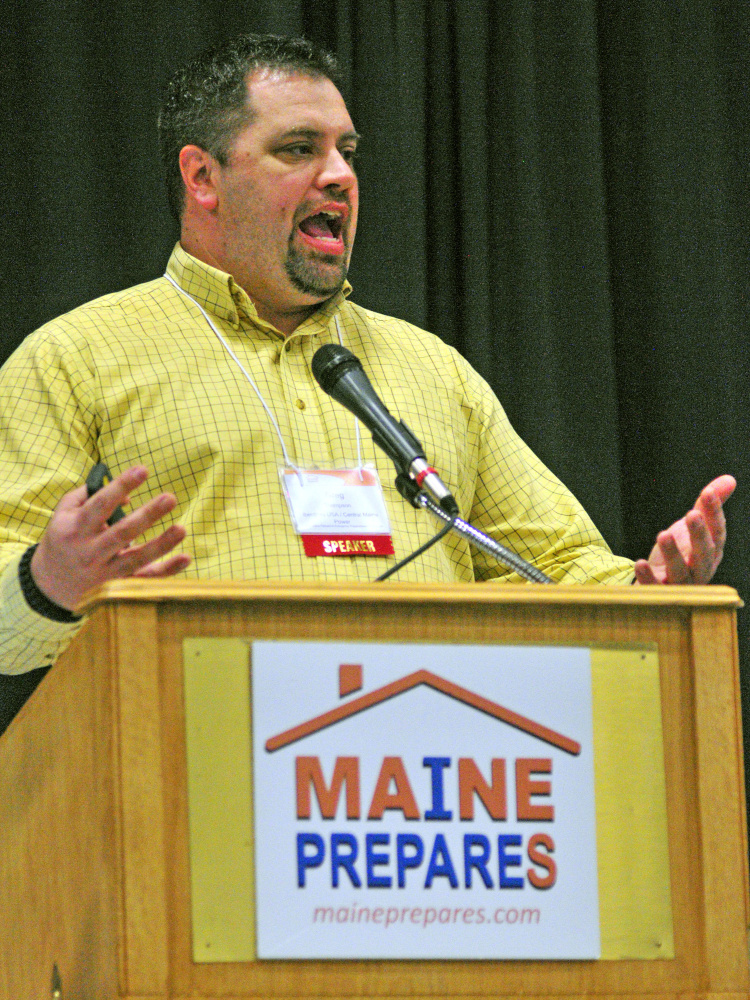
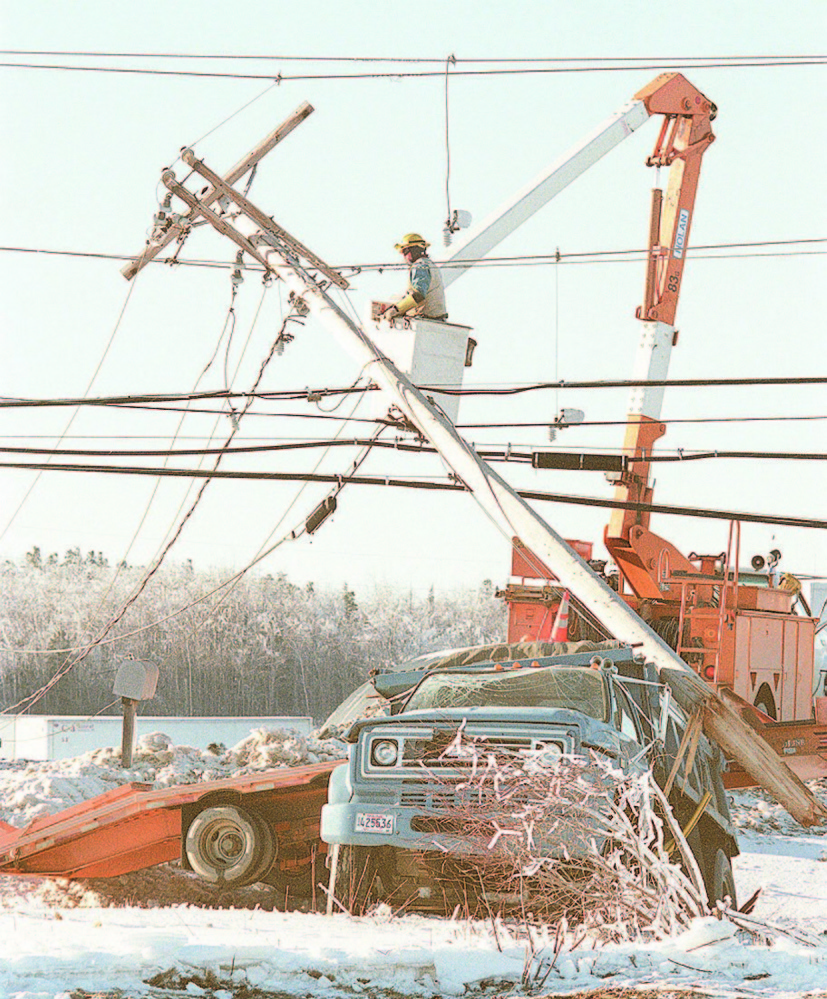
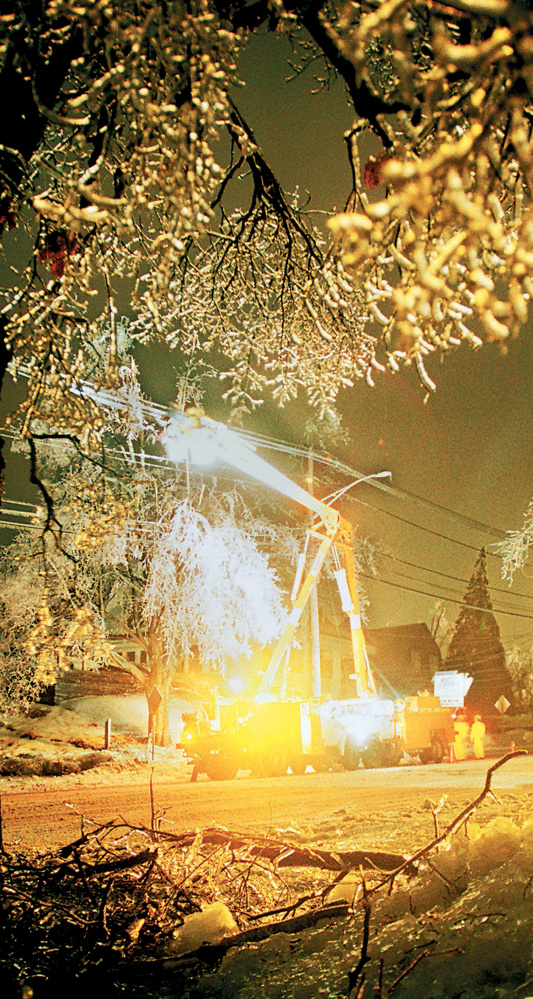
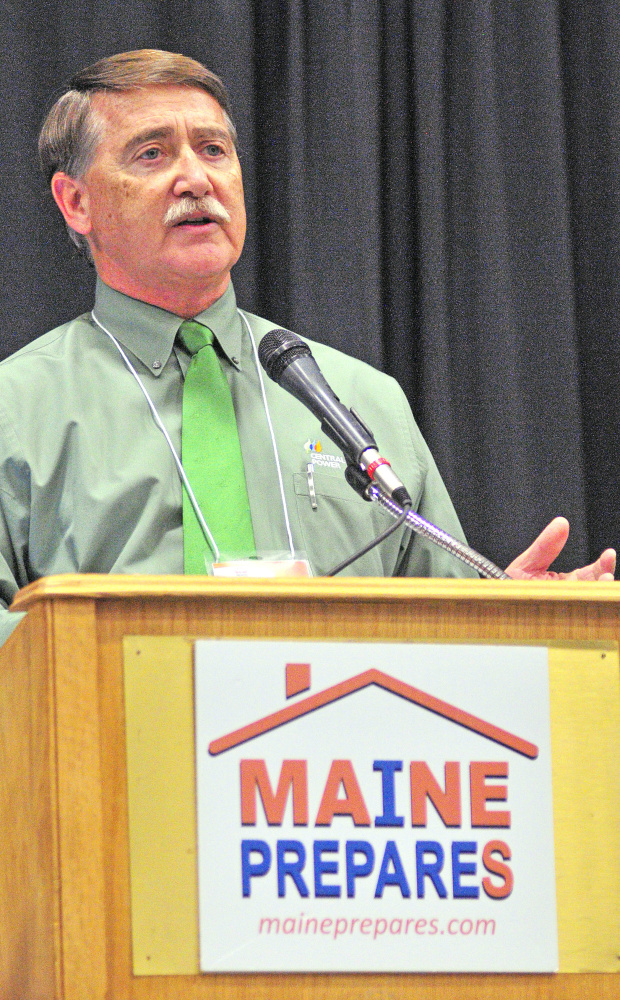
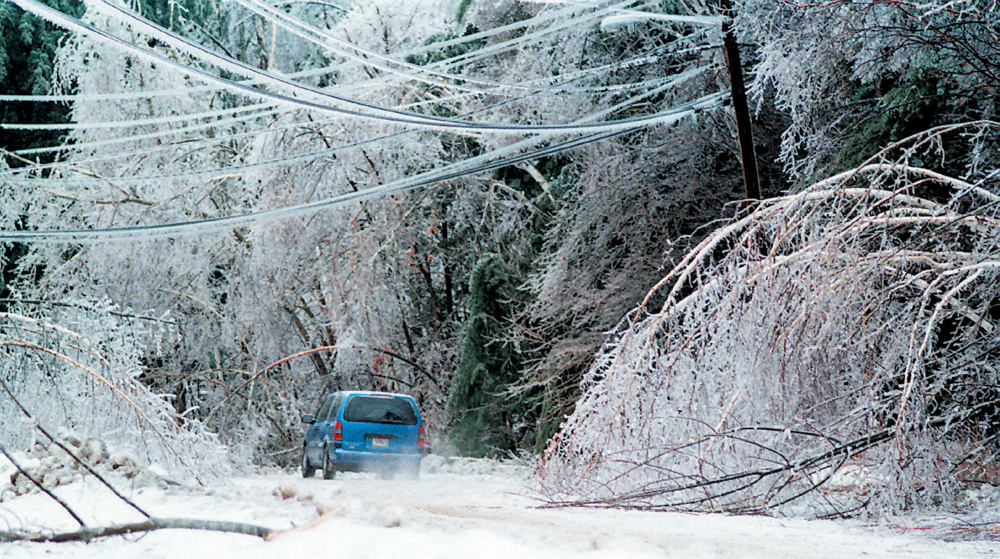
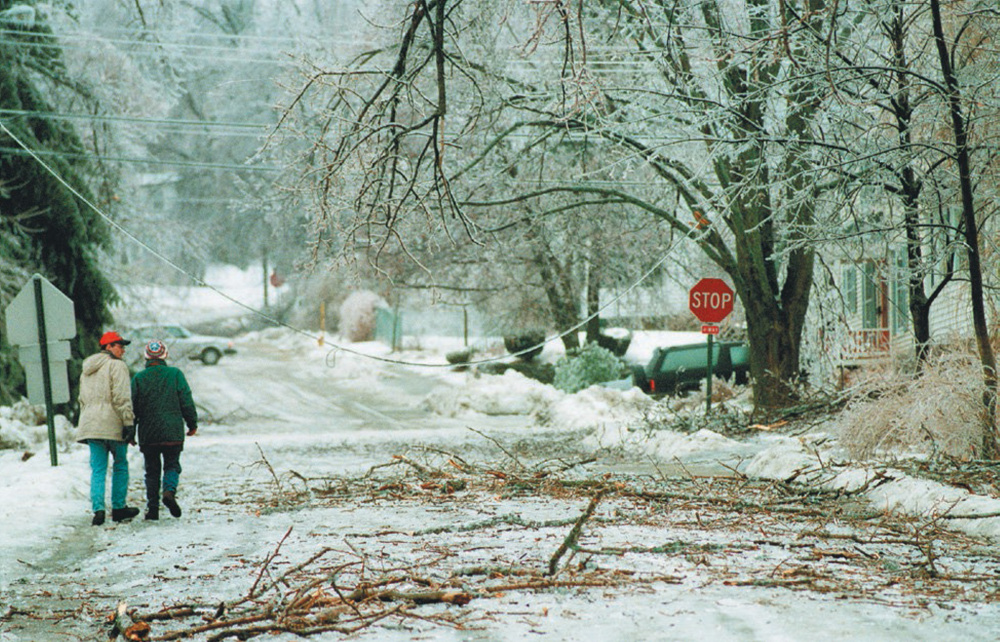

Success. Please wait for the page to reload. If the page does not reload within 5 seconds, please refresh the page.
Enter your email and password to access comments.
Hi, to comment on stories you must . This profile is in addition to your subscription and website login.
Already have a commenting profile? .
Invalid username/password.
Please check your email to confirm and complete your registration.
Only subscribers are eligible to post comments. Please subscribe or login first for digital access. Here’s why.
Use the form below to reset your password. When you've submitted your account email, we will send an email with a reset code.